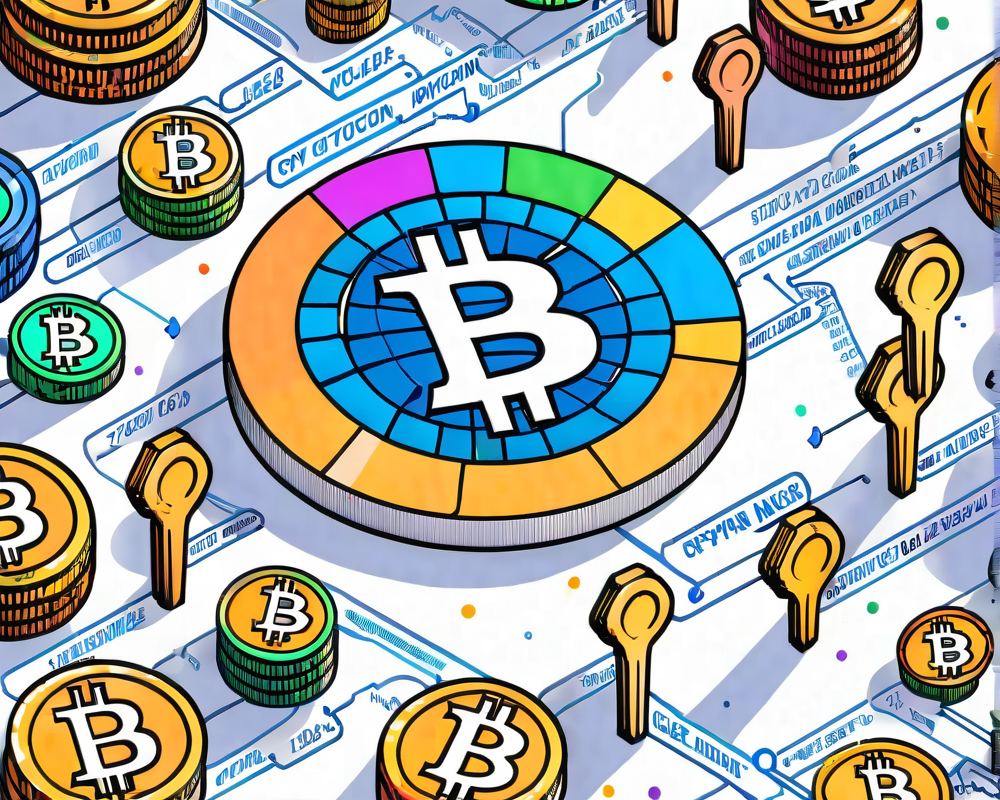The Rise of USDC in the Crypto World
In the ever-shifting landscape of cryptocurrencies, U.S. Dollar Coin (USDC) has emerged as a formidable player, particularly among institutional investors. Unlike its elder sibling, Tether (USDT), which often finds itself embroiled in drama, USDC is steadily gaining traction. With figures crunched from on-chain data, it’s clear: USDC is becoming the go-to stablecoin for entities with lots of zeros in their bank balances.
Transfer Volumes: Volume is Everything
When it comes to daily transfer volumes on the Ethereum blockchain, USDC is throwing a mini rave. Data from Glassnode reveals that on November 22, USDC’s daily transfer volume hit around $14 billion, while USDT lagged behind at a modest $5 billion.
So, what’s the takeaway? Simply put, USDC users are tossing around significantly more capital, which hints at a preference for the dollar-backed digital currency among the wealthy elite, such as hedge funds or those mysterious family offices that seem to have more secrets than assets.
Supply Weight and Staking Pools
Not only does USDC dominate in daily transfers, but it’s also making waves with its supply weight across smart contracts. As of the same date, USDC accounted for 33.75% of the total stablecoin supply locked in staking pools. Meanwhile, USDT holds just 12.50%. Surprisingly, one might expect USDT to have a stronger hold considering its market cap still rests over $65 billion.
The User Demographics: Different Users, Different Purposes
Despite being undoubtedly popular, USDT sees a higher daily transaction count, boasting around 73,000 active addresses compared to USDC’s 40,245. Retail traders apparently favor USDT for day-to-day transfers, while the institutional crowd seems to revel in USDC for locking their assets in staking contracts—a method to earn yield as they sip their lattes and count profits.
Exchanges and Market Perception
Interestingly, the aftermath of the FTX collapse altered perceptions around these stablecoins. While many crypto exchanges leaned into transparency by implementing proof-of-reserves, it appears they typically hold more Tether than USDC. Platforms like Binance and KuCoin lifted the curtain, revealing that USDT is the darling of retail traders, while some exceptions like Crypto.com hold more USDC, flaunting their edgy stance.
The FTX Fallout: A Stablecoin Shake-Up
In the chaos following the FTX collapse, Tether’s market cap took a hit, dropping nearly $4 billion after a brief peep below its $1 peg. Meanwhile, USDC saw a market cap uptick of nearly $2 billion. This shift clearly shows that when panic strikes, investors are more comfortable running towards the transparency of USDC rather than placing their bets on Tether’s recovery. While USDT has managed to bounce back, history suggests caution—just like watching a cat on a hot tin roof.
Concluding Thoughts: A Dynamic Duo
In the battle of stablecoins, USDC is making impressive strides in the realm of institutional adoption and larger-scale transfers. USDT, while still reigning in retail activity, is being watched closely following recent turmoil. Each has its place in the ever-evolving crypto ecosystem, and how they navigate future challenges will shape their sustained relevance.




